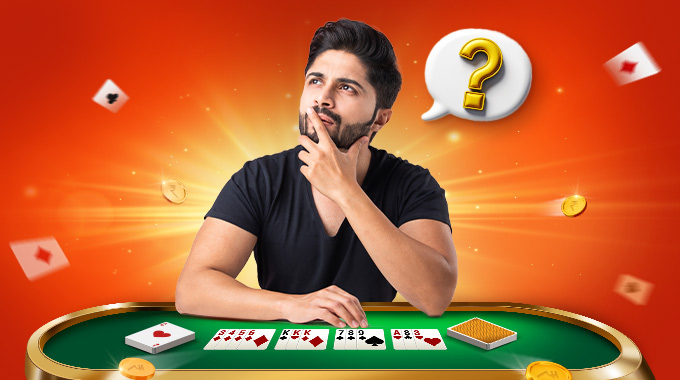
Characters in literature are like puzzles that people have to figure out. The things they do, how they act or react, make us understand who they really are. Another example of an interesting storyline is the play called Rummy. It is seen as a powerful storytelling tool because it allows for various strategies, requires a high level of skill and knowledge, while at the same time being completely random; just like in real life, people change and develop characters over time. This article will look at how in literature, writers use rummy to characterise and reflect upon their innermost thoughts.
Rummy as a Mirror of Personality
Rummy goes beyond being just a game; it is an activity that calls for one to be witty, flexible, and have intuition. Characters’ dispositions can often be disclosed through their strategies when playing rummy in works of literature.
- Strategists vs. Impulsives: In the game of Rummy, a slow and calculative player could appear as someone who plans about everything in advance. On the other hand, if one is reckless in his or her gameplay, then he or she may have a character that does not fear anything and takes it easy.
- Winners and Quitters: The decision on whether to continue with a hand during a game can be indicative of one’s life principles. Folding too early could be taken as a sign of being too careful and fearing; on the other hand, playing aggressively shows that one is either very ambitious or just taking heedless risks.
- Competitiveness: Characters playing serious Rummy games may reveal their competitive and egocentric sides. In other words, if the main character is focused on winning no matter what, then this can also portray their ability to keep fighting or desire for dominance.
Relationships at the Card Table
In literature, rummy games are commonly used to represent different types of human relations such as friendships, enmities, and love affairs. The way people play during the game may either express hidden conflicts between them or make their relationships stronger.
- Conflict and Betrayal: The Great Gatsby by F. Scott Fitzgerald uses card games to depict betrayal and strategy, which are indicative of the complicated character interrelations.
- Bonding Moments: Rummy is commonly linked to family reunions and celebrations in India. These environments are employed by writers to show familial love or problems. When a family plays Rummy as one, they may seem to have unity among themselves.
Symbolism and Metaphor
The way Rummy is structured allows for a lot of symbolism that can be used in stories:
- Life’s Uncertainty: The fact that you cannot predict the cards which will be drawn relates to the randomness of life.
- Strategy as Survival: In John Doe’s A Game of Deceit, high-stakes Rummy games parallel the protagonist’s political maneuvering. Every move made in the game stands as a symbol for his plan on how to survive.
- Growth Through Gameplay: Just like gamers polish their strategies through practice, game participation helps in the development of characters. The way they play changes as they grow; this indicates some personal progress or change in perspective.
Conclusion
The reason why people who read and write still love Rummy is that it is very similar to real life; full of tactics with opponents as well as friends. This classic card game can be applied in many ways in literature, such as symbolizing life’s risks and providing a basis for interesting stories through character development. Therefore, with a simple rummy download engage in a game at RummyCircle and explore the narratives which come out from each hand as well as the characters created by every move.




